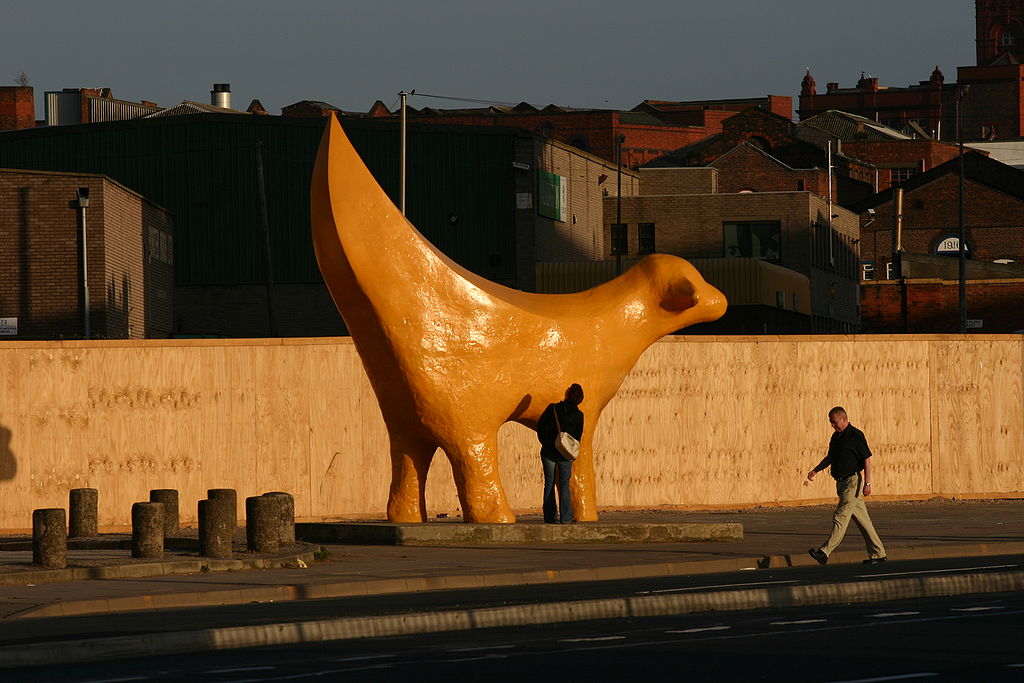Public art

Public art
Public art, transcending mere decoration or historical commemoration, represents the heartbeat of collective expression and societal consciousness. It is an art form not confined to any particular size, shape, or style, but is defined by its public accessibility and the unique interaction it fosters between its creation, location, and inherent meaning.
In the United States during the 1930s, public art experienced a significant transformation. The New Deal, for instance, introduced programs like the Federal Art Project, fundamentally altering the artist-society relationship by making art accessible to all and incorporating it into everyday life. This period saw a shift from traditional nationalistic symbolism to more site-specific and public-oriented works, a change further propelled by the civil rights movement in the 1970s.
During the latter half of the 20th century, public art began addressing contemporary issues like environmental destruction. Artists like Alan Sonfist, with his work "Time Landscape," chose to bring the essence of land art into dense urban settings, emphasizing the importance of integrating nature within cities. This work, started in 1965 and planted in 1978, transformed a plot in Manhattan into a natural area depicting the region's pre-colonial flora, making nature a co-collaborator in art.
Christo and Jean-Claude's "The Pont Neuf Wrapped," executed between 1975 and 1985, is another notable example. This project, enveloping Paris' oldest bridge in fabric, exemplifies Site-Specific Art and New Genre Public Art, focusing on altering and highlighting the existing structure and urban landscape.
The public art movement continues to evolve, reflecting societal changes and technological advancements. Whether it is a grand sculpture or a subtle pavement marking, public art remains a vibrant, interactive process involving artists, community residents, civic leaders, and others. It not only enhances environments but also provokes thought and conversation, making it a crucial component of our public history and collective memory.
For those interested in staying abreast of developments and opportunities in the world of public art, consider signing up for updates. This subscription will provide insights into new product sales and auction events related to public art, ensuring you remain at the forefront of this dynamic and evolving movement.
| Country: | America, Europe, Germany, Russia, USA, United Kingdom |
|---|---|
| Start of the period: | 1960 |